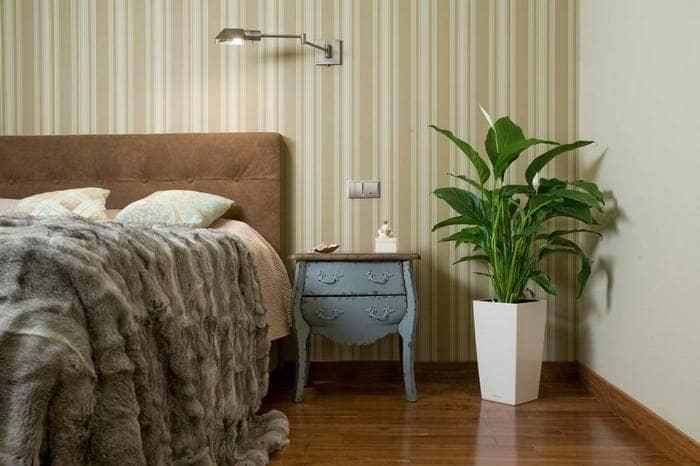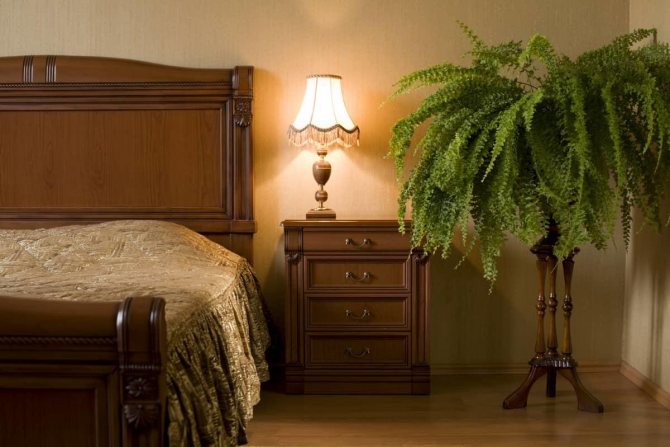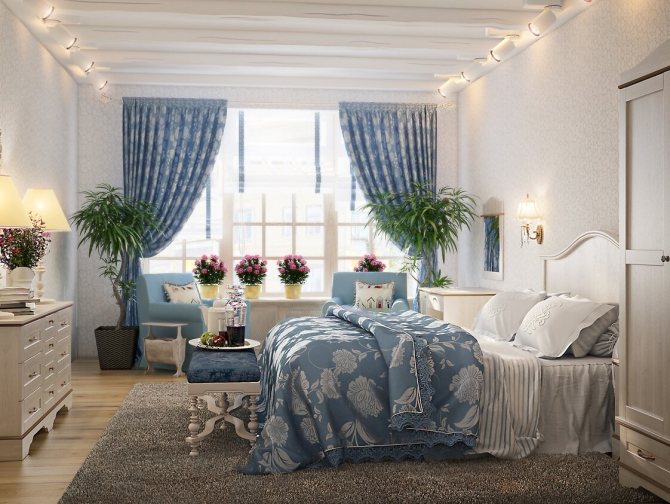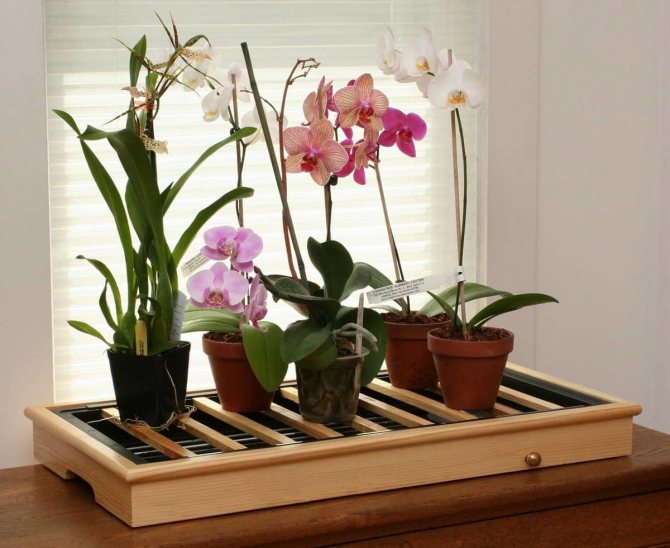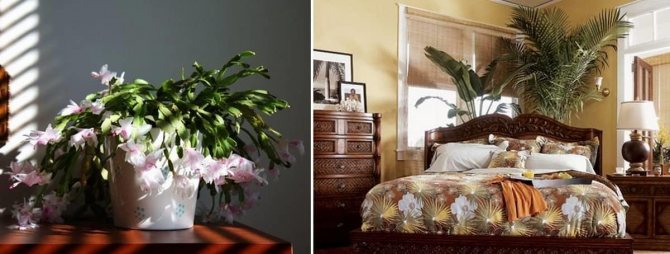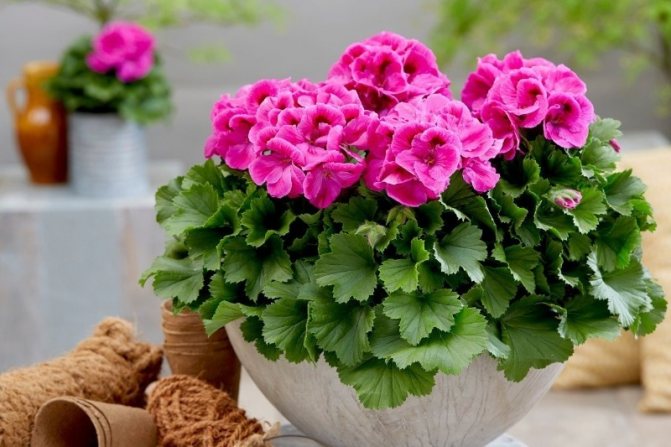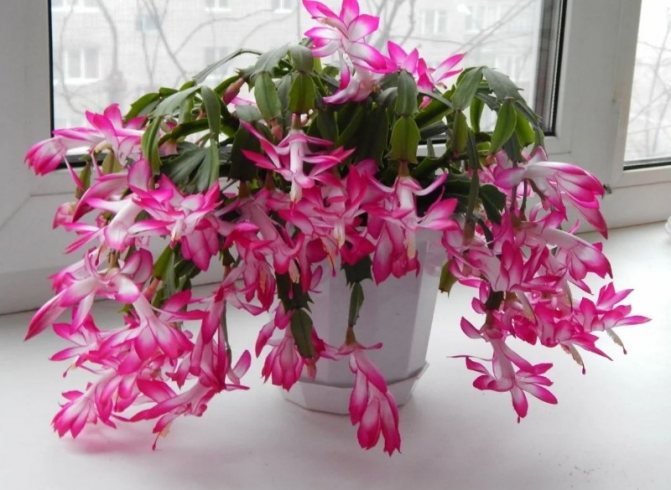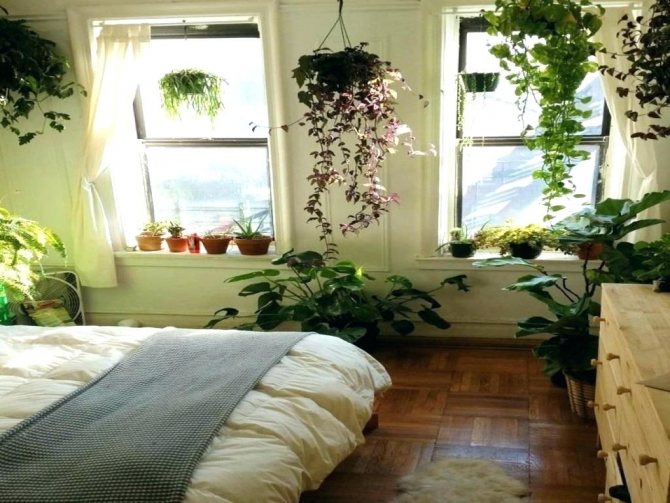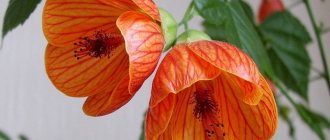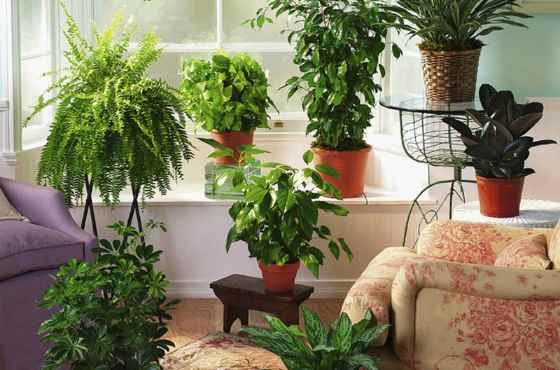
The sleeping area is where you rest after a hard day and spend most of your time. Here it is necessary to create a cozy microclimate and favorable conditions for good sleep, relaxation, and recuperation. The easiest way is to buy indoor flowers for the bedroom, because thanks to these "workers" you will maximally cleanse the atmosphere of your home and prevent yourself from illnesses.
What flowers can be kept in the bedroom
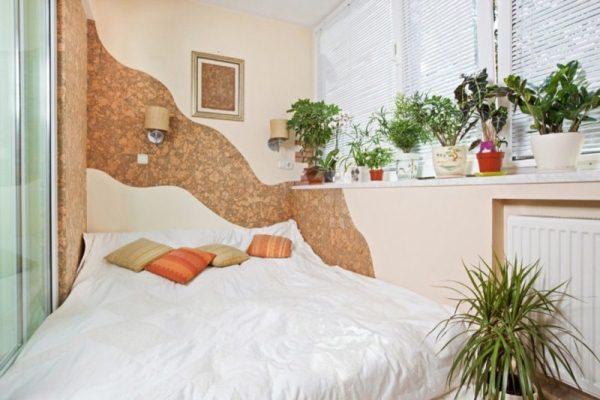

Slow-growing plants are best for the bedroom.
When a person falls asleep, his breathing becomes deep, so the air in the room should be especially clean. In addition to saturating the air with oxygen some plants are capable of increasing moisture, and also have disinfecting properties... These are the best ones to choose. Air-purifying plants are odorless or have a faint, soothing scent that is beautiful but subtle. They have a positive effect on health and emotions.
Poisonous plants and flowers with a heavy sugary smell should not be present in the bedroom, as they cause headaches and insomnia.
Most indoor species release carbon dioxide instead of oxygen at night., therefore, where a person sleeps, there should be few of them. It is best to choose plants that do not pick up at night, but give off oxygen.
Usually, little sunlight gets into the lounge, so choose shade-tolerant and low-maintenance plants.
Color selection rules
When choosing indoor plants for a bedroom, the following rules must be observed:
- It is necessary to study all the information about the plant, namely releases or absorbs oxygen at night, whether it causes allergies, the rules of caring for it.
- Exotic, unfamiliar and with a strong odor there should be no flowers in this room.
- You need to choose slow growing plantsso that their energy does not destroy the calm atmosphere in the bedroom.
- Must not be dying, sick and neglected plants... It is believed that exceptionally beautiful and healthy flowers enhance the positive energy of the home.
- According to Feng Shui, the bedroom should not be present. plants with needles... The owners of the bedroom will become the same prickly and inaccessible.
- Plants should be preferred enhancing feelings of love and understanding... According to Feng Shui, these are flowers with a red color.
Plants selected according to these rules will create a pleasant atmosphere in the bedroom.
The benefits and harms of indoor plants for human health
Plants for the bedroom have a number of special requirements. They should not only enrich the room with oxygen, please the eyes with their appearance, but also bring a certain energy. A lot of houseplants that we are familiar with are nothing more than the fruit of selection of samples brought from all over the world during the times of great geographical discoveries.
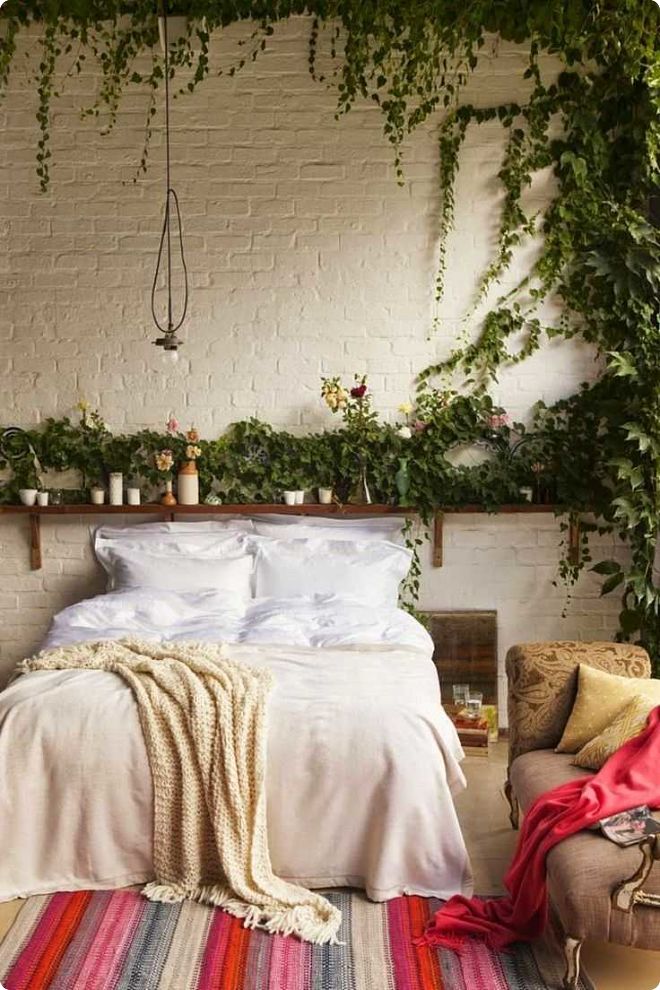

The widely known and beloved "money tree" in wildlife has a height of up to four meters. Despite the work done on the size, and the ability to bloom and smell all year round, the plants have not lost their protective ability to release poisons and toxins.
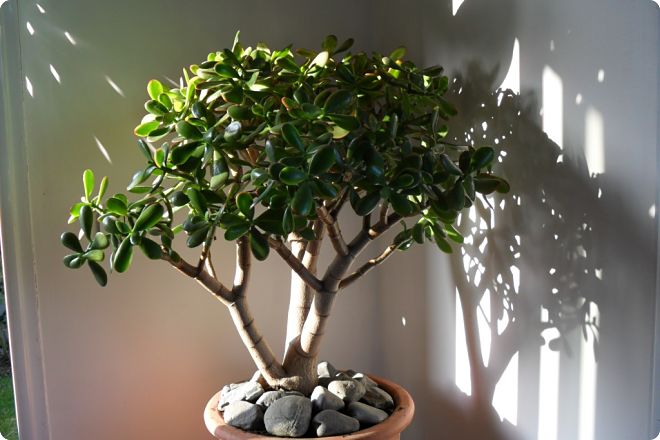

The more interesting and exotic the flower, the more dangerous its influence.Some specimens are capable of carrying deadly harm. These are quite rare plants, but it is advisable to remember a list of them:
- Fatsia is a cute and green bush or tree with bright green leaves that can lead to disorders of the nervous system.
- An ornamental tree called poliscias is irritating when the sap gets on the skin.
- Say goodbye to a plant called alocasia or arma as it has very significant levels of toxins.
- A tuber with a large leaf and arizema inflorescence can cause burns on the skin and harm the eyes.
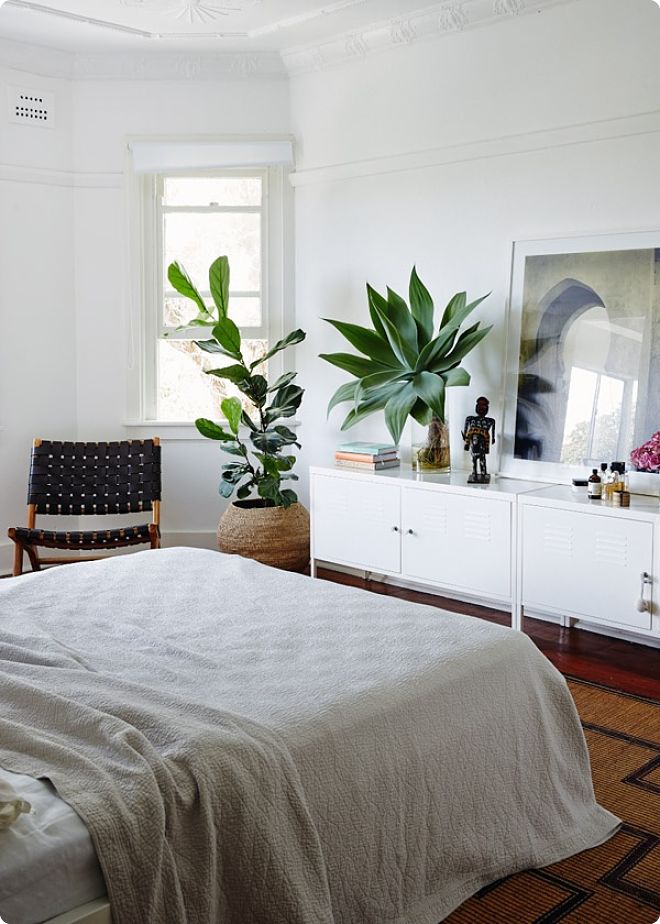

Most indoor plants with toxins are dangerous if they come into direct contact (if you transplant without gloves) or if eaten (pets and children may well taste the flowers).
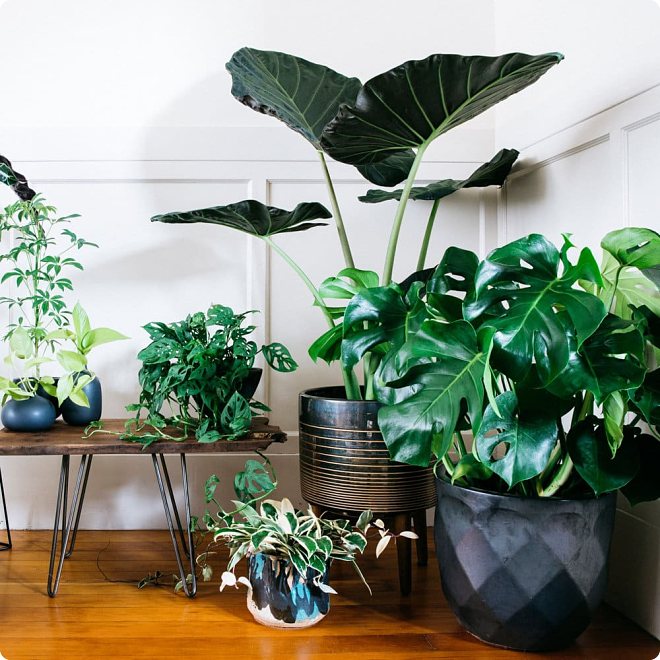

Plants that are quite dangerous at certain dosages include: aloe, dieffenbachia, monstera, azalea, nightshade, euphorbia, anthurium, croton, spathiphyllum, asparagus.
If such specimens are in your home, take care to limit the access of children and pets to them.
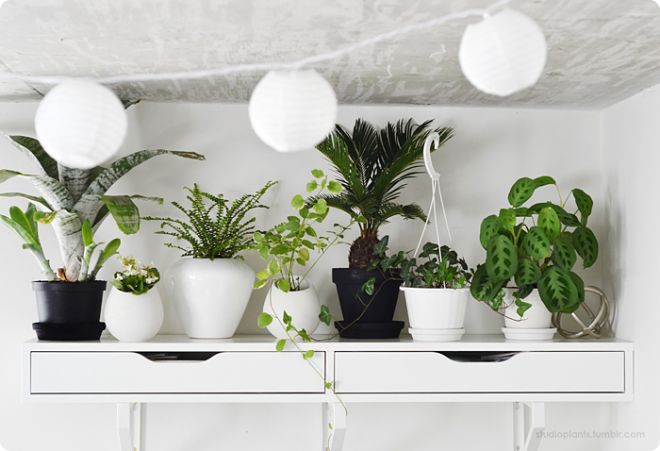

Some dangerous plants can be of great benefit in parallel:
- to enrich the room with oxygen, monstera and anthurium are used;
- rosemary, chrysanthemums, chlorophytum, aloe have antibacterial and medicinal properties;
- asparagus is used to absorb heavy metal microparticles;
- cyperus and abutilone are used to increase air humidity;
- geranium is used to disinfect, deodorize and even relieve headaches.
Rose, dwarf pomegranate and spicy herbs are useful and safe for home. Do not deny yourself the desire to create a small and useful garden in the atmosphere of the apartment, which will give you not only external pleasure from contemplation, but also the benefits of vitamins and fresh aroma.
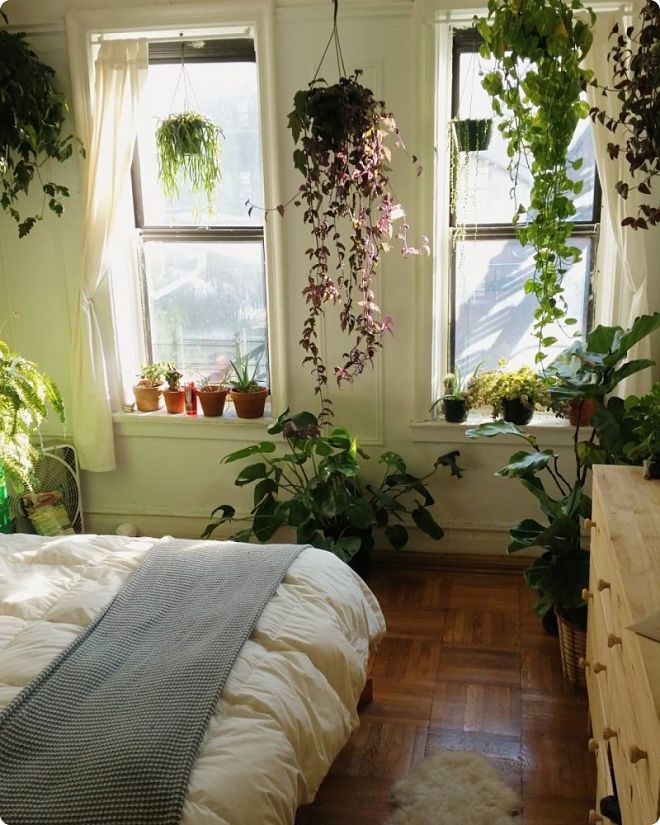

The most popular flowers for the bedroom
Here are 10 types of indoor flowers that have a beneficial effect on the human body and are most often chosen for the bedroom:
Chlorophytum
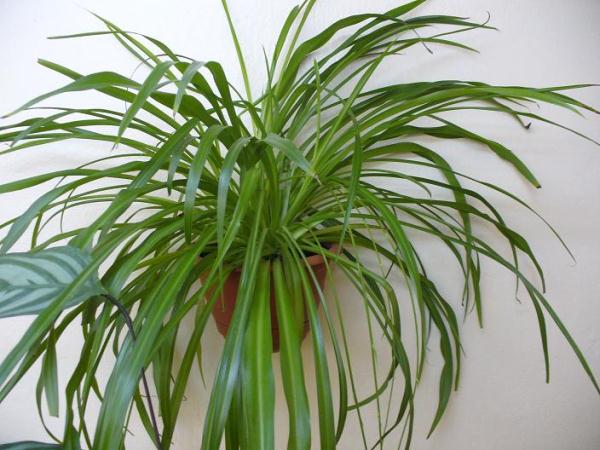

Chlorophytum
Removes hazardous chemicals including formaldehyde, destroys harmful electromagnetic radiation, humidifies the air, kills germs and other microorganisms.
You can enhance the cleansing properties of chlorophytum. To do this, you need to add activated carbon to the flower pots.
Spathiphyllum
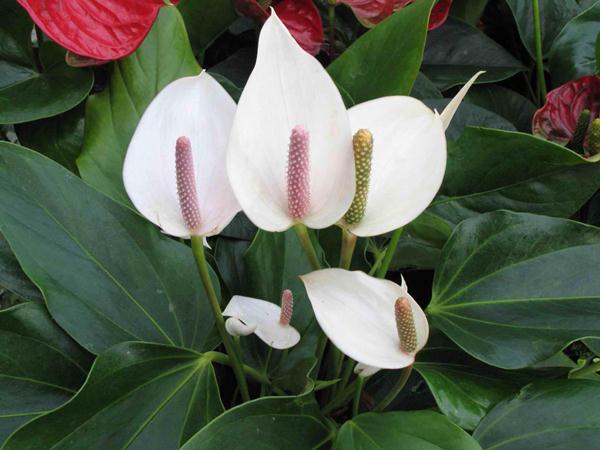

Spathiphyllum
Produces oxygen regardless of the time of day. Cleans the air from harmful substances entering the room through an open window... Spathiphyllum is able to humidify the air, neutralizes allergens. It has a positive effect on the human psyche, ensures a calm and healthy sleep.
Aloe


Aloe
Produces oxygen at night. Removes the electrification in the room. Eliminates toxic substances such as formaldehyde... Aloe is a medicinal agent. The washed leaves can be applied to the wound. Aloe juice is used for colds and headaches.
Kalanchoe
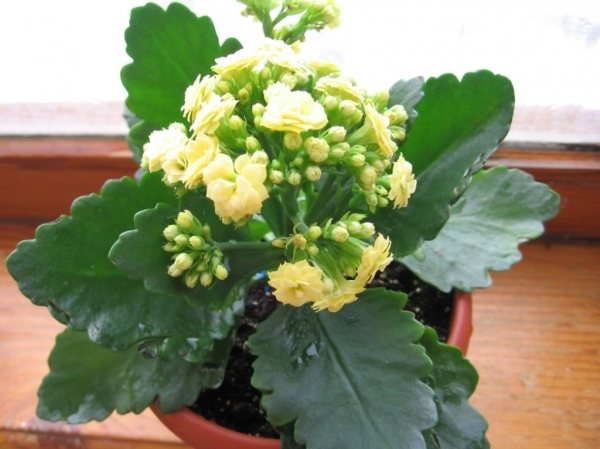

Kalanchoe
Releases oxygen at night, is able to calm. Kalanchoe helps to get out of depression.
Begonia
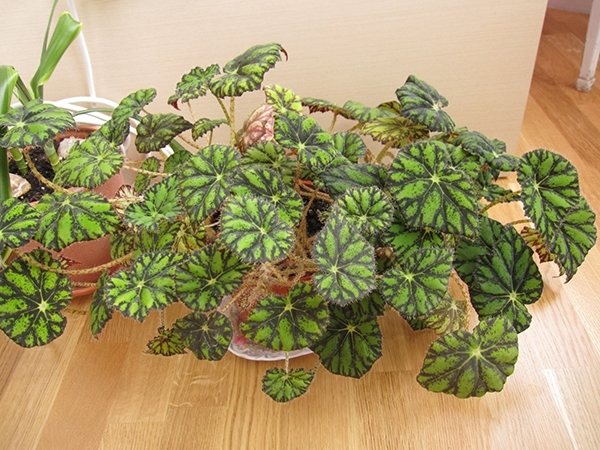

Begonia
Removes germs and harmful substances. Begonia scent helps relieve depression... It will be useful for people of age, as well as for diseases.
Geranium (pelargonium)
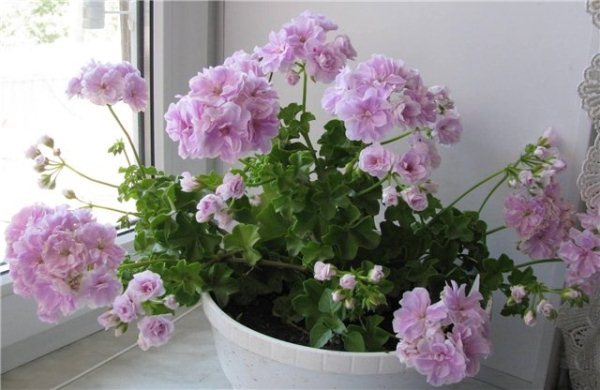

Geranium
Has disinfecting properties, removes volatile chemicals and carbon monoxide from the air. Geranium releases negative ions that have a positive effect on the body. Eliminates headaches, normalizes blood pressure, strengthens the immune system... Relieves nervous tension. Helps with insomnia. Scares away insects.
Geranium can cause allergies.
Sansevieria or mother-in-law's language
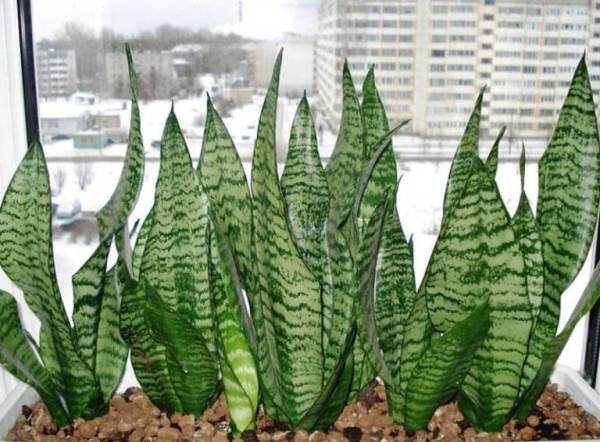

Sansevieria or mother-in-law's language
Always gives off oxygen. Stabilizes blood pressure, improves immunity, relieves headaches, helps eliminate breathing problems... Sansevieria neutralizes formaldehyde, trichlorethylene and benzene.
Myrtle
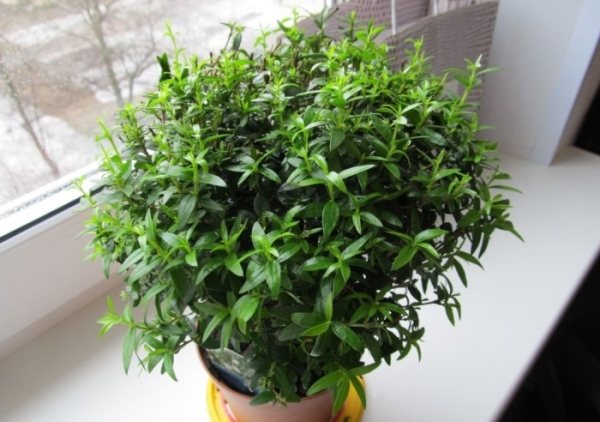

Myrtle
Possesses bactericidal properties. Removes diphtheria and tuberculosis sticks, streptococci and staphylococci. Its scent has a positive effect on the psyche., relieves fatigue and tension, improves sleep.
Lavender
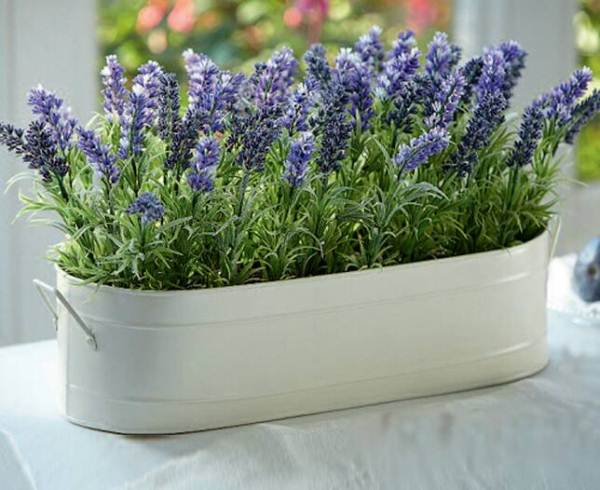

Indoor lavender
Has a pleasant aroma. Reduces anxiety, slows heart rate, promotes restful sleep, especially in infants.
Jasmine
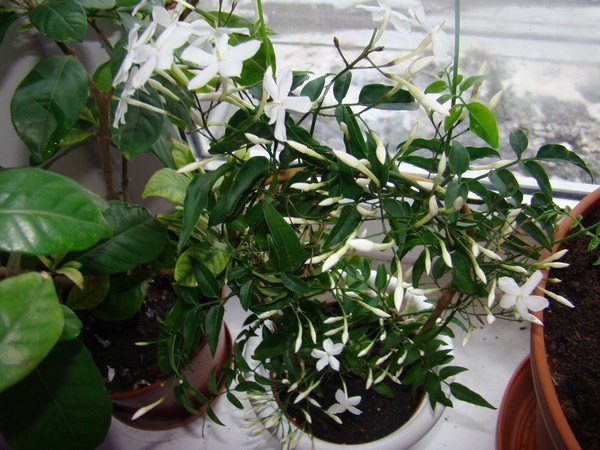

Indoor jasmine
Small white flowers exude a sweet scent that has a relaxing effect... Jasmine provides restful sleep.
Aloe vera
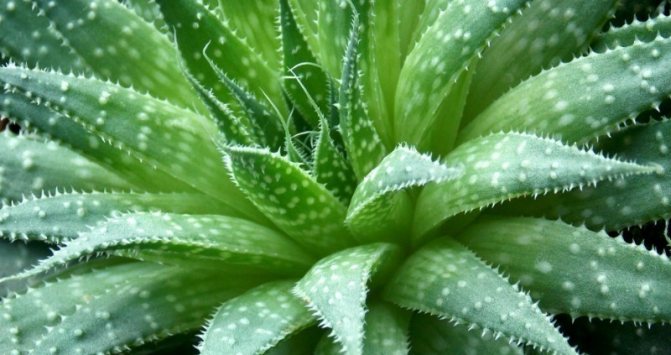

Aloe is considered a home doctor for its medicinal properties. Its juice has anti-inflammatory and bactericidal action.
Ozone is released from the leaves, which promotes sound sleep. Phytoncides kill harmful microbes, eliminate electrification, absorb harmful chemical compounds. The advantages of growing aloe can be attributed to its simplicity: it does not need to be watered and fertilized often.
Plants that should not be kept in the bedroom
Not all indoor flowers are suitable for placement in the bedroom. Among them:
- Monstera... It takes a lot of oxygen at night. It sucks energy out of a person.
- Lily... Gives off carbon dioxide at night. Because of the aroma, the head begins to ache, insomnia appears.
- Orchid... It takes away strength, causes insomnia.
- Fern... Causes headaches, emits large amounts of carbon dioxide at night.


Fern
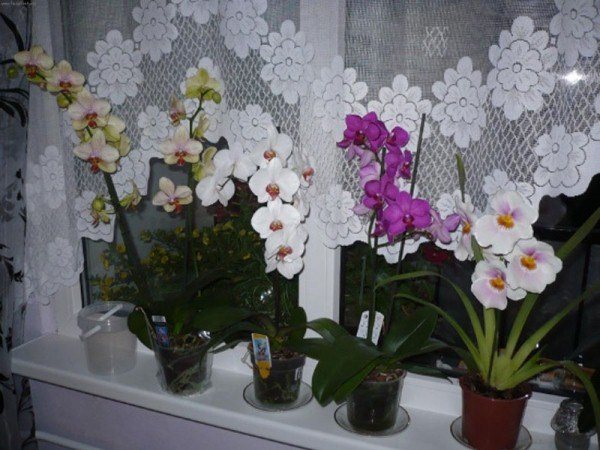

Orchid
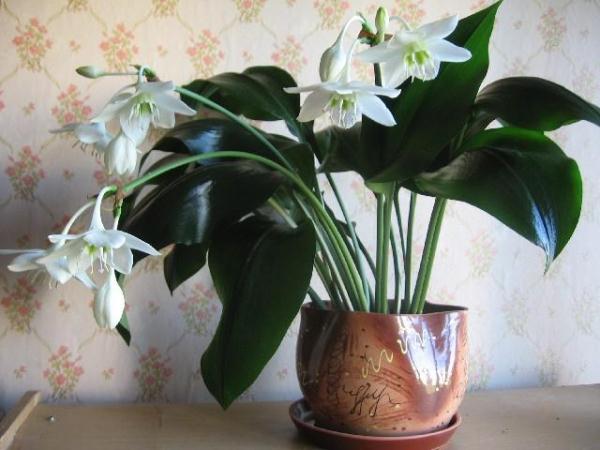

Room lily


Monstera
The bedroom should contain only those indoor flowers that will promote sound and healthy sleep, while the person will wake up without a headache and in a good mood.
Basic recommendations for the selection of indoor plants
When choosing which flowers can be placed in the bedroom, it is important to find out the necessary information about the type you like. It is necessary to determine whether the plant emits more oxygen at night or, on the contrary, absorbs it. Some indoor flowering plants can be poisonous or aggressive allergens.
The bedroom is the place where the person is most vulnerable. During sleep, he must relax, plunge into a deep sleep, fully recover his strength. Given these features, not all plants can be kept in the bedroom.
It is worth refraining from buying an unknown species, an overly exotic flower. Intoxicating plants emitting unpleasant aromas will interfere with proper rest and can significantly worsen a person's well-being.
It is not necessary to place too many pots and pots in the room, turning the sleeping location into a pseudo greenhouse. According to Feng Shui practices, only healthy flowers with stable energy are suitable for boudoirs. They grow slowly, rarely bloom, harmoniously fit into the interior.
Also, do not bring artificial flowers into the room. This decor is a relic of the past. It literally attracts dust and makes the interior look cheap and tasteless. Artificial flowers are a taboo for modern interior compositions.
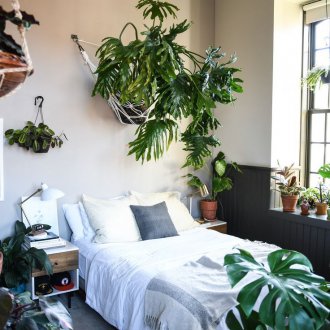

Sansevieria
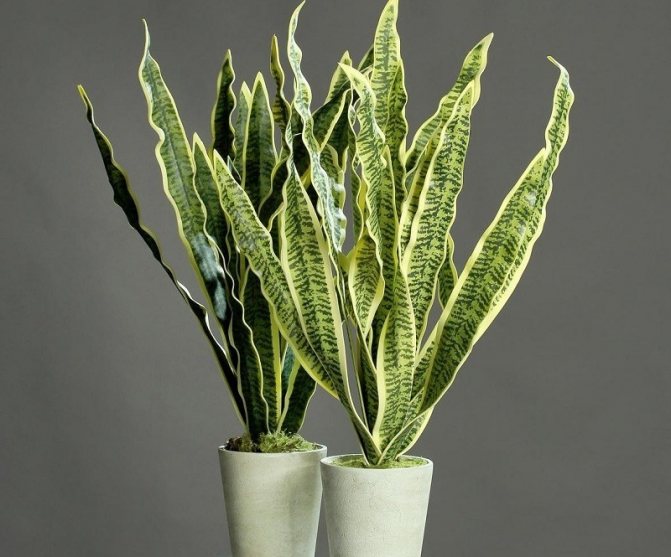

The flower is better known as mother-in-law's tongue. It is often found, as it is unpretentious and fits any interior.
It gives off the most oxygen at night, so it is ideal for the bedroom. The beneficial substances secreted by sansevieria increase immunity and kill harmful bacteria. In addition, the plant actively fights dust and the negative effects of synthetic materials.

